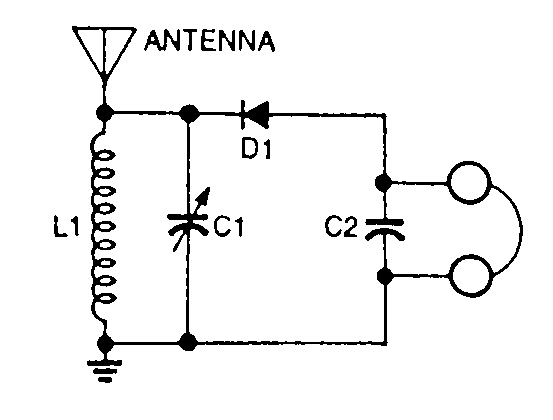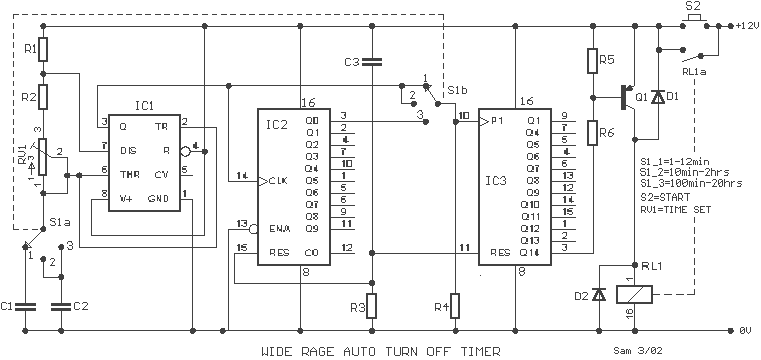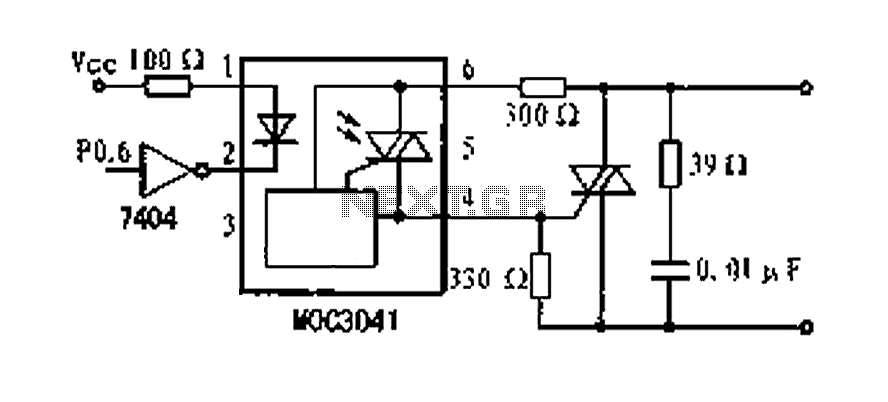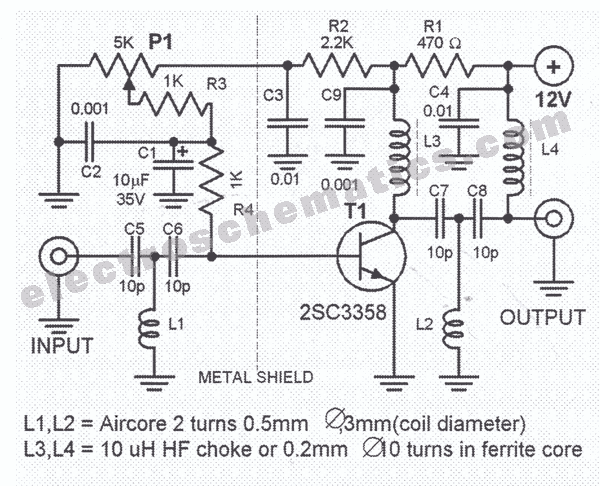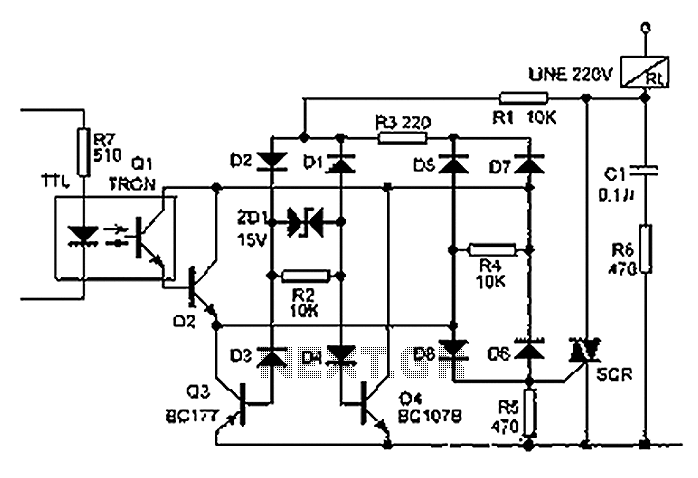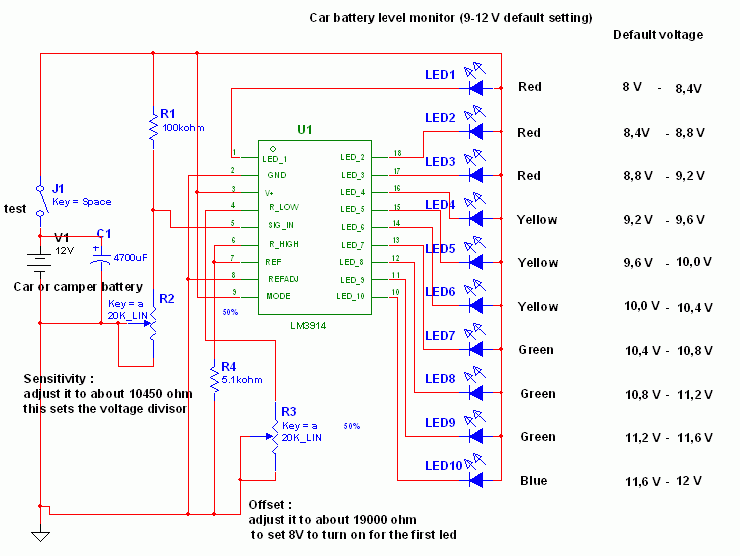
Making A Simple Joule Thief circuit

This document outlines the construction of a simple joule thief circuit. A joule thief is a versatile device, particularly useful for powering LED lights from low-voltage power supplies. It is capable of extracting energy from nearly depleted batteries, making it an environmentally friendly project. Additionally, this circuit can be utilized to create a flashlight powered by old, weak batteries.
The joule thief circuit is designed to operate efficiently with low input voltage, typically from batteries that are no longer able to power conventional devices. The fundamental components of a joule thief include a transistor, a resistor, a transformer (or inductor), and an LED.
The circuit operates by using the transistor as a switch, rapidly turning on and off to create a feedback loop that generates a higher voltage across the transformer. When the transistor is turned on, current flows through the primary winding of the transformer, building up magnetic energy. Once the transistor turns off, the magnetic field collapses, inducing a higher voltage in the secondary winding, which is then used to power the LED.
To construct a basic joule thief, the following components are typically required:
1. **Transistor**: A small-signal NPN transistor (such as 2N3904 or BC547) is commonly used.
2. **Resistor**: A resistor (around 1kΩ) is used to limit the base current to the transistor.
3. **Inductor**: A toroidal core inductor or a bifilar wound transformer with a primary and secondary winding.
4. **LED**: A light-emitting diode that will be powered by the circuit.
5. **Power Source**: A weak or nearly depleted battery, such as a single AA or AAA cell.
The assembly involves connecting the components in the following manner:
- The collector of the transistor connects to one end of the primary winding of the transformer.
- The other end of the primary winding connects to the positive terminal of the battery.
- The emitter of the transistor connects to the negative terminal of the battery.
- A resistor is placed between the base of the transistor and the positive terminal, while the secondary winding of the transformer connects to the LED.
This simple yet effective circuit exemplifies how low-voltage energy can be harnessed for practical applications, promoting sustainability and efficient energy use. The joule thief can be used in a variety of projects, including as a flashlight or in other low-power LED applications, showcasing its versatility and utility in electronics.Today I am showing you how to make a very simple joule thief. A joule thief has many applications, the best gadget that I made with was a Water Powered Lamp, soon Im going to post on a guide about it but first I need to post this guide. I used an iPhone 4S as my camera. To simplify everything, a joule thief is a circuit that helps drive an LED light even though your power supply is low. What can we do with it? We can use it to squeeze the life out of our old, almost drained, non functioning batteries. This project can also be considered as a green and environmental experiment, we can also use it as a flashlight that can be ran by an old, weak, almost drained battery.
🔗 External reference
The joule thief circuit is designed to operate efficiently with low input voltage, typically from batteries that are no longer able to power conventional devices. The fundamental components of a joule thief include a transistor, a resistor, a transformer (or inductor), and an LED.
The circuit operates by using the transistor as a switch, rapidly turning on and off to create a feedback loop that generates a higher voltage across the transformer. When the transistor is turned on, current flows through the primary winding of the transformer, building up magnetic energy. Once the transistor turns off, the magnetic field collapses, inducing a higher voltage in the secondary winding, which is then used to power the LED.
To construct a basic joule thief, the following components are typically required:
1. **Transistor**: A small-signal NPN transistor (such as 2N3904 or BC547) is commonly used.
2. **Resistor**: A resistor (around 1kΩ) is used to limit the base current to the transistor.
3. **Inductor**: A toroidal core inductor or a bifilar wound transformer with a primary and secondary winding.
4. **LED**: A light-emitting diode that will be powered by the circuit.
5. **Power Source**: A weak or nearly depleted battery, such as a single AA or AAA cell.
The assembly involves connecting the components in the following manner:
- The collector of the transistor connects to one end of the primary winding of the transformer.
- The other end of the primary winding connects to the positive terminal of the battery.
- The emitter of the transistor connects to the negative terminal of the battery.
- A resistor is placed between the base of the transistor and the positive terminal, while the secondary winding of the transformer connects to the LED.
This simple yet effective circuit exemplifies how low-voltage energy can be harnessed for practical applications, promoting sustainability and efficient energy use. The joule thief can be used in a variety of projects, including as a flashlight or in other low-power LED applications, showcasing its versatility and utility in electronics.Today I am showing you how to make a very simple joule thief. A joule thief has many applications, the best gadget that I made with was a Water Powered Lamp, soon Im going to post on a guide about it but first I need to post this guide. I used an iPhone 4S as my camera. To simplify everything, a joule thief is a circuit that helps drive an LED light even though your power supply is low. What can we do with it? We can use it to squeeze the life out of our old, almost drained, non functioning batteries. This project can also be considered as a green and environmental experiment, we can also use it as a flashlight that can be ran by an old, weak, almost drained battery.
🔗 External reference
